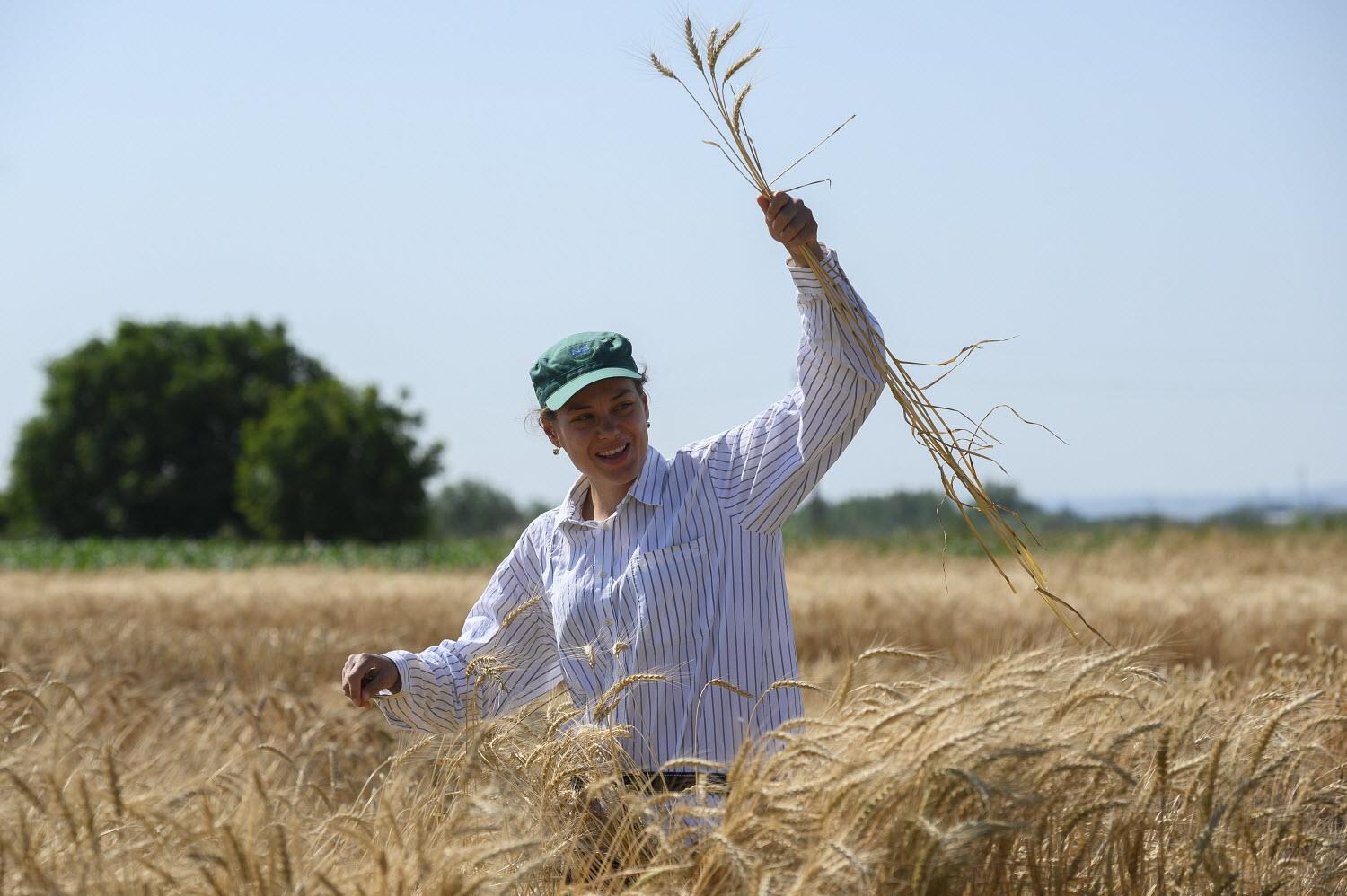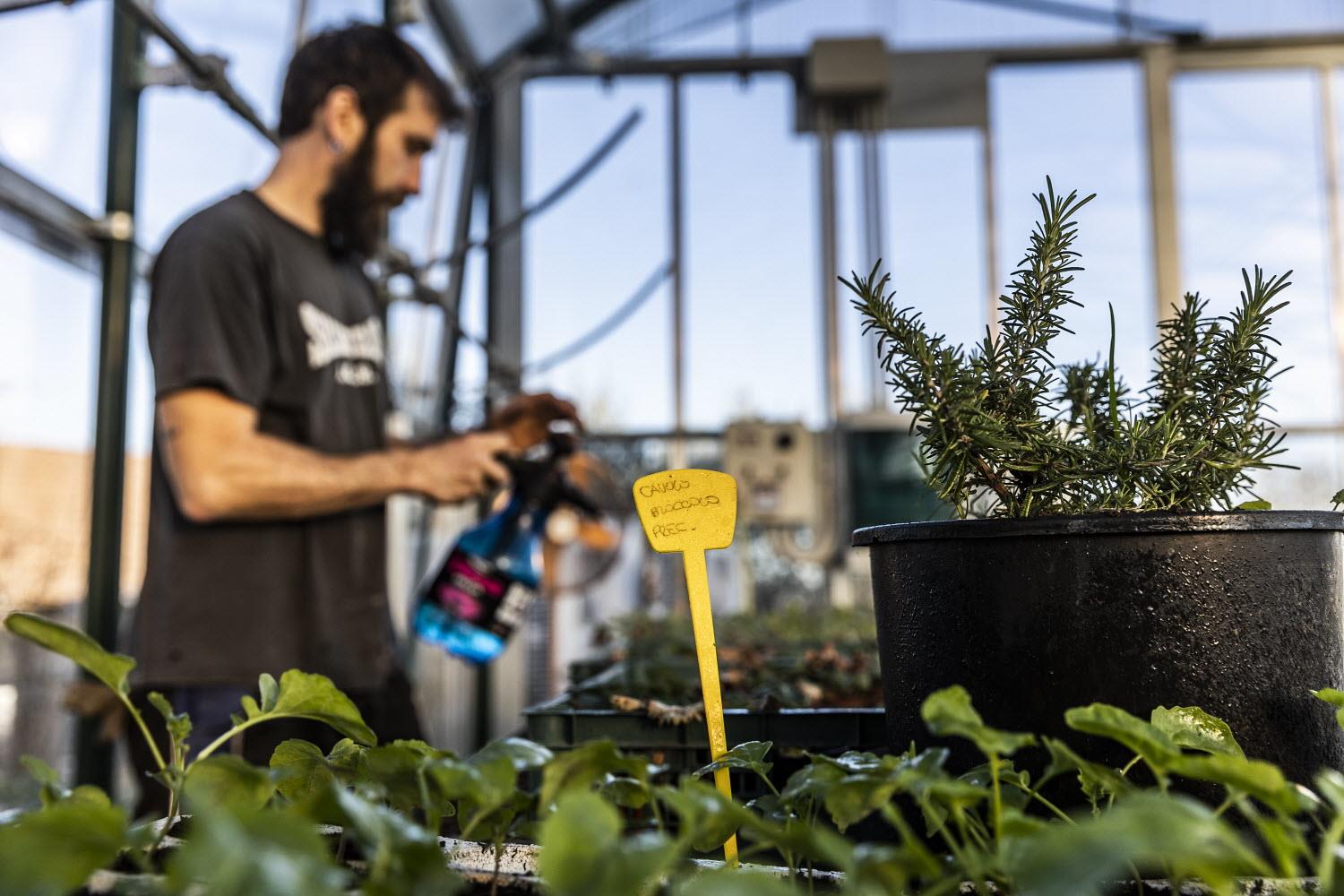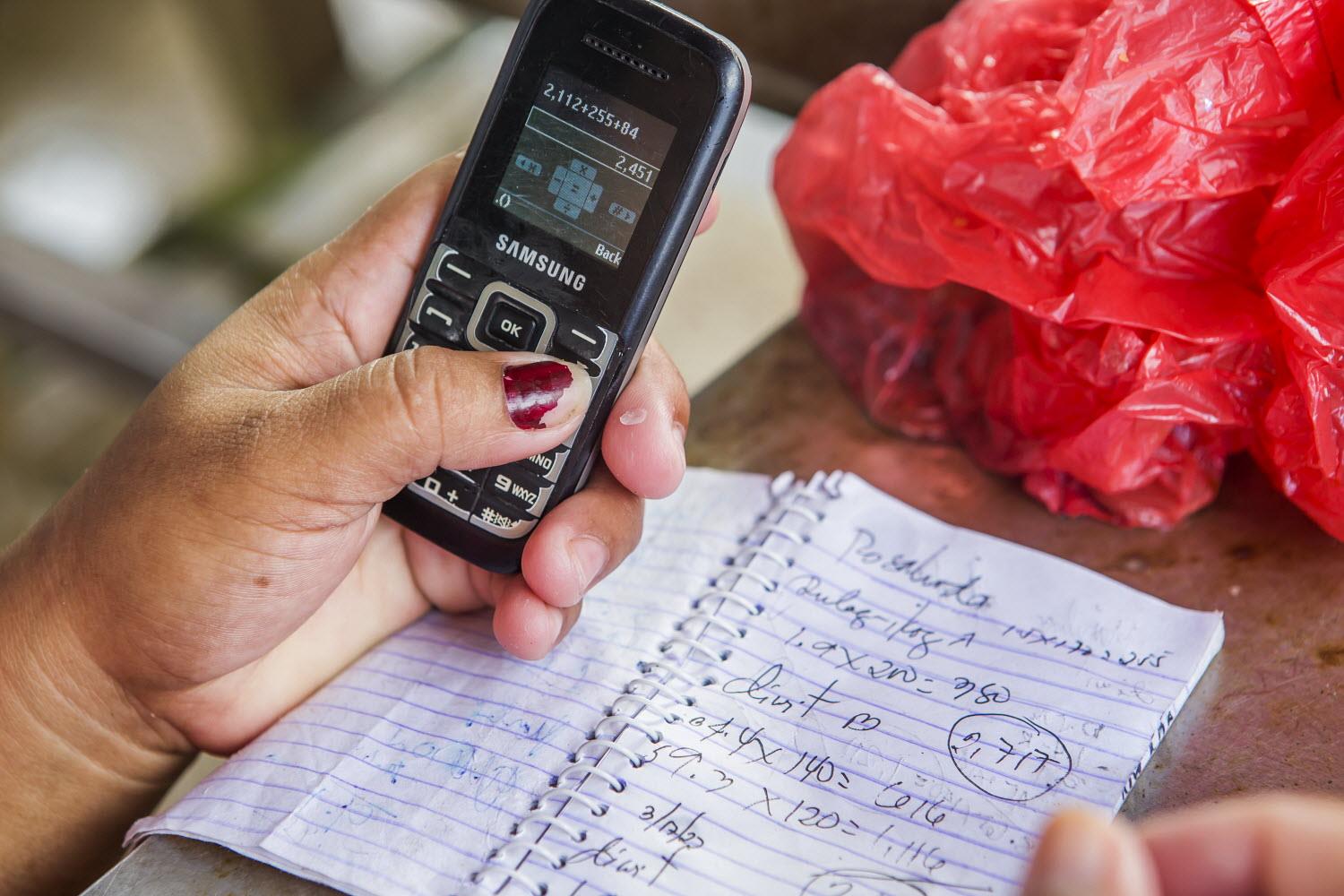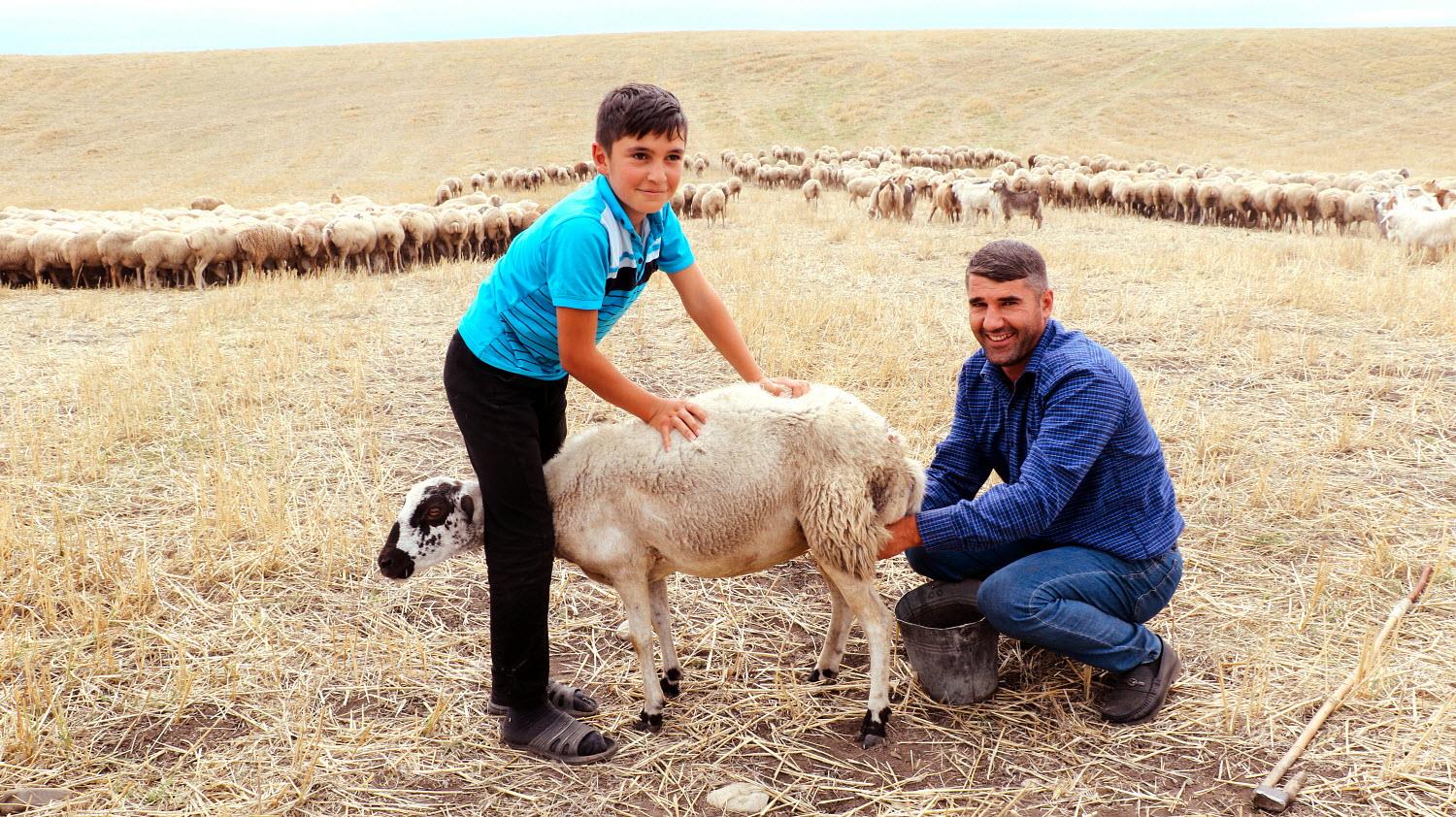
Science, innovation, and youth bring hope for rural areas in Europe and Central Asia
At the World Food Forum week, FAO events in the region focused on the potential of youth, and greening of agrifood systems through digitalization, and innovation
©FAO/Victor Sokolowicz
21/10/2022
In many of the more than 50 countries of Europe and Central Asia, rural areas face various and multiple challenges to their livelihoods, their environments, and their food security. Although the obstacles often differ, better support to youth, digitalization, and innovation can bring about improved economic growth and wellbeing for rural communities across the region.
The Food and Agriculture Organization of the United Nations (FAO) has dedicated a series of events to discuss how to transform existing agrifood systems into sustainable ones by tapping into the potential of digitalization, innovation, and youth. Two virtual events focused specifically on Europe and Central Asia.
For a greener future
The event “Greening our future“, organized under the FAO Science and Innovation Forum 2022, presented how youth – with the help from science and innovation – can help capitalize on these existing tools and practices in making agriculture more sustainable. It highlighted a wide range of proven approaches, technologies, and practices that are rooted in science and innovation, including indigenous and local knowledge. These tools and practices can be adapted, customized and applied to local contexts to improve livelihoods, the environment, and production.
"We all agree that greening our agrifood systems means greening our future”
According to the definition by the FAO Regional Technical Platform on Green Agriculture, green agriculture entails transforming local food systems through sustainable policies and practices, namely by reducing the toll on natural resources, avoiding environmental degradation, while reducing poverty, increasing livelihoods, and ensuring good nutrition.
The event gave further insights into what can be done to give science and innovation a bigger role in agricultural transformation, while also ensuring a greater involvement of youth in this. Panelists from Türkiye, Kyrgyzstan, Mongolia, Spain, Italy, Hungary, and Georgia shared their experiences.
“We all agree that greening our agrifood systems means greening our future,” said Ismahan Eloufi FAO Chief Scientist in her concluding remark. In this regard, she called for intensifying the application of science and technology, where youth can act as “enabler of change”.


©FAO/Cristiano Minichiello; ©FAO/David Hogsholt
FAO is developing a regional roadmap on science and innovation for Europe and Central Asia that will be informed by the conclusions of this event. The establishment of a wide partnership on green agriculture is one potential outcome.
The recording of the event can be accessed on the World Food Forum’s online platform.
Digital agriculture and youth
Digital solutions can change the perception of agriculture and thus make the sector more attractive among young people. In this regards, the FAO virtual youth consultation “Who will stay then? How digitalization can bring youth back to agriculture in Europe and Central Asia” aimed to provide a platform for young farmers, entrepreneurs, and researchers to share their key challenges, experiences, approaches, and success stories related to the application of digital technologies in agriculture. Globally, youth are migrating to urban centers for work instead of taking up farming. The agricultural sector is facing a greying of its farmers and work force.
“FAO is ready to support digital rural transformation in an inclusive and gender sensitive way,” underlined Raimund Jehle, FAO Regional Programme Leader, adding that it takes, among others, social innovation, digital literacy, and enabling government policies to realize this. He mentioned FAO’s Digital Village Initiative as an example for community-led development programme.

©FAO/Abdul Mustafazade
This event was intended to stimulate interest in agriculture as a lifestyle and career choice. Digital technology can address the challenge of youth migration and attract youth back to agriculture. Yet, digitalization, as the speakers highlighted, is not an end goal in itself, as connectivity, mobile adoption, and digitaltechnologies are rather tools to open doors to new opportunities, enhance the performance of the sector, stimulate higher incomes, and improve working conditions.
The recording of the event can be accessed here (password: +05%R!4B).
These two events were opportunities to explore bold and actionable solutions to catalyze the transformation of our agrifood systems, highlighting the importance of the next generation and its ingenuity in science, technology and innovation in dialogue with current thought leaders and scientific experts.
Read more
- Event: Greening our future: The potential of science, innovation, and youth empowerment for greening agrifood systems
- Event: World Food Forum: Regional youth consultation “Who will stay then?”
- Photos
- Regional youth consultation on promoting youth engagement in agriculture and food systems
- World Food Forum 2022
- FAO Regional Initiative: Empowering smallholders, family farms and youth
- Europe and Central Asia seek ways to create new opportunities for rural youth
- Publications on digital agriculture
